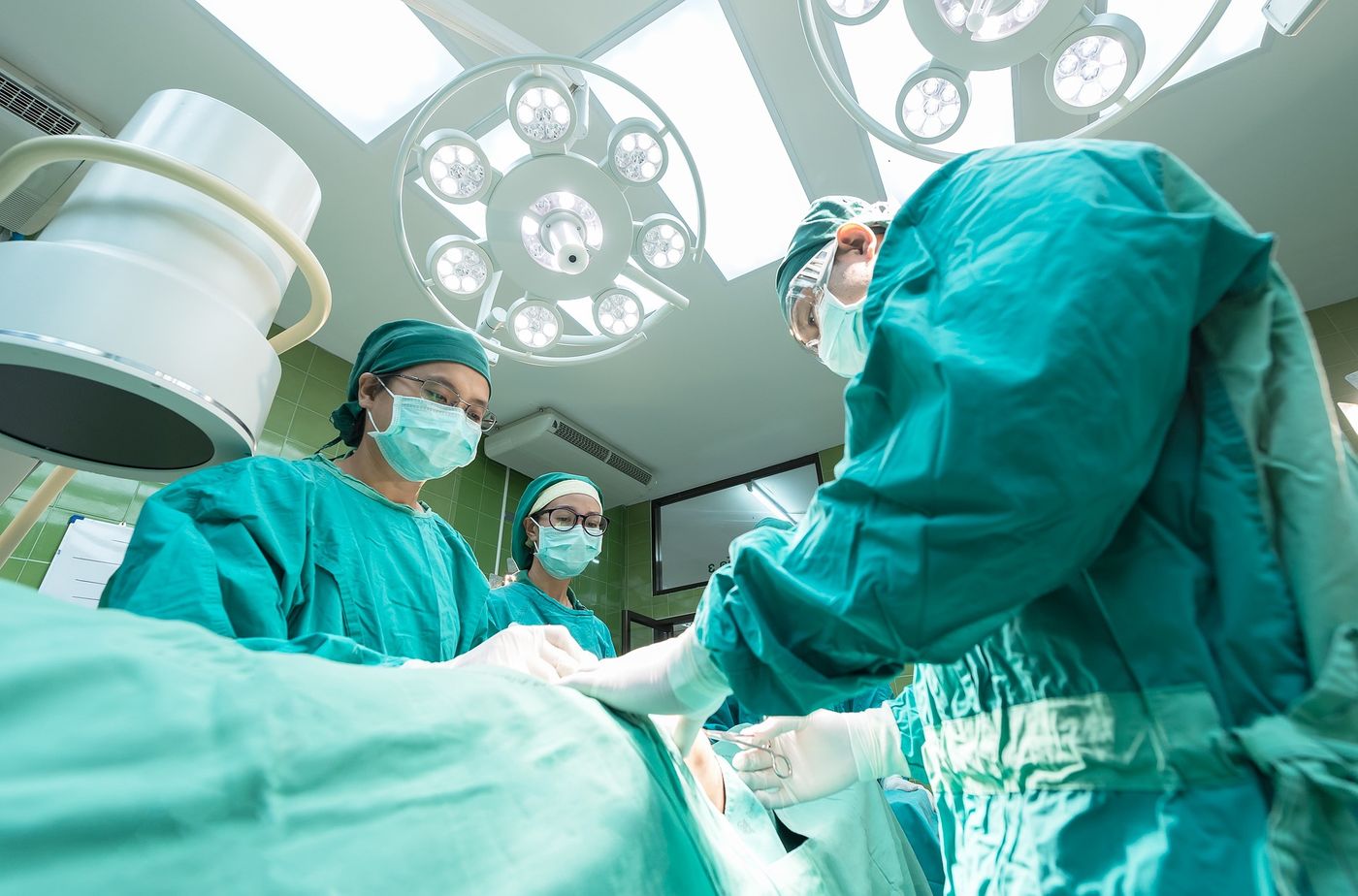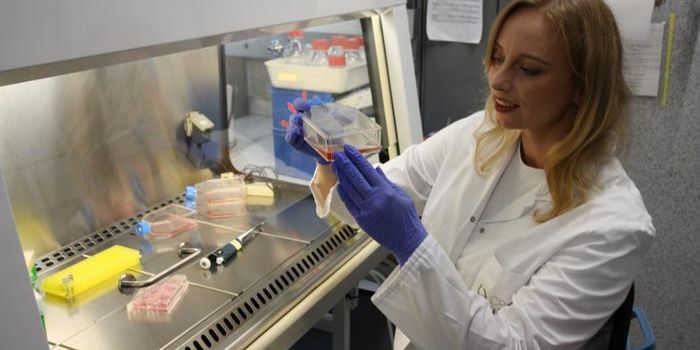Surgical Interventions Could Improve Quality of Life for Testicular Cancer Survivors
Most testicular cancers begin in germ cells, the cells in the testicles that develop into sperm. These malignancies, known as testicular germ cell cancer, account for about 90% of testicular cancer cases. Two types of testicular germ cell cancer can arise: seminoma and nonseminoma. In comparison, nonseminomas grow and spread faster than seminomas, and thus nonseminoma cases typically require more timely and aggressive treatment for a positive outcome.
Testicular cancer remains rare, accounting for only about 2% of male cancer cases. Experts estimate less than 10,000 new testicular cancer diagnoses and less than 500 deaths from testicular cancer in the United States in 2023. Despite the low incidence of testicular cancer, it typically presents in young men aged 15 – 35.
On a positive note, testicular cancer is very treatable, and more than 95% of patients achieve five-year survival. Many patients with testicular cancer receive chemotherapy and radiotherapy to kill the tumor cells or prevent cancer progression. However, because these therapies can also damage healthy tissues, significant side effects can arise, diminishing quality of life.
The impact of long-term toxicity, especially in a uniquely young population, poses a substantial burden to cancer survivors. To evaluate the efficacy of alternative treatment options for testicular cancer patients, a team of researchers conducted a multicenter clinical trial in which adult testicular cancer patients underwent a surgical procedure called retroperitoneal lymph node dissection (RPLND).
The researchers recently published their findings in the Journal of Clinical Oncology. The study (NCT02537548) evaluated 55 men (average age 34 years) diagnosed with testicular seminoma. All patients received RPLND at the hands of experienced surgeons. All surgeons operating on patients in the study had performed at least eight surgeries in the previous year or at least 25 surgeries over the prior three years. Following surgery, the researchers examined patients every four months for the first year, every six months for the next two years, and then annually. At follow-up visits, the researchers assessed the participants for recurrence and complications from the surgery. The researchers monitored for the procedure's side effects, including any impact on sexual health and ejaculatory function.
At the time of reporting, follow-up averaged 33 months. At this time, 81% of participants had achieved two-year recurrence-free survival. The study reported that 12 patients had experienced recurrence and received follow-up treatment, including chemotherapy (10 patients) and additional surgery (2 patients). Notably, all 12 patients with recurrent disease became disease-free after further treatment, and the study reported 100% two-year overall survival.
Regarding the side effects associated with the surgery, four patients reported short-term complications. Also, four patients experienced long-term side effects, including hernia and inability to ejaculate.
The authors acknowledge the minimum follow-up of two years as a study limitation, as additional recurrences may occur over an extended period. Despite this, the study provides evidence of RPLND as an effective treatment option for testicular cancer. Expanding such treatment protocols could reduce the number of testicular cancer survivors dealing with long-term complications from chemotherapy and radiotherapy.
Journal: CA, J Clin Oncol









